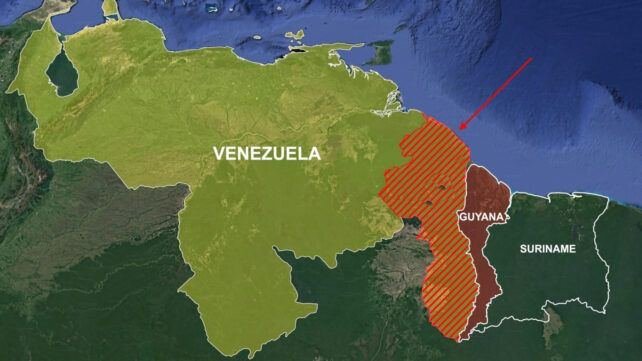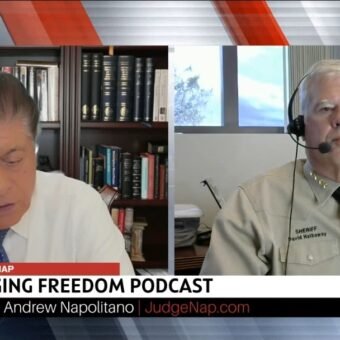Guiana, Venezuela, Essequibo.
Following mediation from Lula da Silva (Brazil) and Ralph Gonsalves (St. Vincent), Maduro and Guyanese counterpart Irfaan Ali will meet tomorrow. PM Ralph Gonsalves, pro tempore president of CELAC, will hold the discussions with Guiana and Venezuela.
Under the auspices of Celac and Caricom, I’m feeling positive that they will work their way through this. Yes, Essequibo does belong to Venezuela and the problem started when Guyana started making oil deals with ExxonMobil.
Yes, there is a worm in the woodpile.
Caracas (OrinocoTribune.com)—The Venezuelan minister for defense, Vladimir Padrino, has described the start of military drills by the United States Southern Command (SOUTHCOM) in Guyana as an “unfortunate provocation.”
“This unfortunate provocation by the United States in favor of the ExxonMobil praetorians in Guyana is another step in the wrong direction,” wrote Padrino through social media this Thursday, December 7.
ExxonMobil’s bad deal for Guyana
In 2015, ExxonMobil announced that it had found 295 feet of “high-quality oil-bearing sandstone reservoirs”; this is one of the largest oil finds in recent years. The giant oil company began regular consultation with the Guyanese government, including pledges to finance any and every upfront cost for the oil exploration. When the Production Sharing Agreement between Guyana’s government and ExxonMobil was leaked, it revealed how poorly Guyana fared in the negotiations. ExxonMobil was given 75% of the oil revenue toward cost recovery, with the rest shared 50-50 with Guyana; the oil company, in turn, is exempt from any taxes. Article 32 (“Stability of Agreement”) says that the government “shall not amend, modify, rescind, terminate, declare invalid or unenforceable, require renegotiation of, compel replacement or substitution, or otherwise seek to avoid, alter, or limit this Agreement” without the consent of ExxonMobil. This agreement traps all future Guyanese governments in a very poor deal.
Even worse for Guyana is that the deal is made in waters disputed with Venezuela since the 19th century. Mendacity by the British and then the United States created the conditions for a border dispute in the region that had limited problems before the discovery of oil. During the 2000s, Guyana had close fraternal ties with the government of Venezuela. In 2009, under the PetroCaribe scheme, Guyana bought cut-price oil from Venezuela in exchange for rice, a boon for Guyana’s rice industry. The oil-for-rice scheme ended in November 2015, partly due to lower global oil prices. It was clear to observers in both Georgetown and Caracas that the scheme suffered from the rising tensions between the countries over the disputed Essequibo region.
ExxonMobil’s Divide and Rule
The December 3 referendum in Venezuela and the “circles of unity” protest in Guyana suggest a hardening of the stance of both countries. Meanwhile, at the sidelines of the COP-28 meeting, Guyana’s President Irfaan Ali met with Cuba’s President Miguel Díaz-Canel and the Prime Minister of St. Vincent and the Grenadines Ralph Gonsalves to talk about the situation. Ali urged Díaz-Canel to urge Venezuela to maintain a “zone of peace.”
War does not seem to be on the horizon. (The next video may make you think otherwise). The United States has withdrawn part of its blockade on Venezuela’s oil industry, allowing Chevron to restart several oil projects in the Orinoco Belt and in Lake Maracaibo. Washington does not have the appetite to deepen its conflict with Venezuela. But ExxonMobil does. Neither the Venezuelan nor the Guyanese people will benefit from ExxonMobil’s political intervention in the region. That is why so many Venezuelans came to cast their vote on December 3. (This vote was to affirm the sovereignty of their country over Essequibo. It was a slam dunk!) People saw this less as a conflict between Venezuela and Guyana and more as a conflict between ExxonMobil and the people of these two South American countries.
And a further worm in the woodpile is here and I’ve spoken about this lady before: - Testimony of General Laura Richardson, Commander of U.S. Southern Command, before the Senate Armed Services Committee on March 23, 2023.











